
History
Watch as we take you to The Tudors: Passion, Power and Politics exhibition at the Walker Art Gallery
3 years ago
Advertorial
The Tudors: Passion, Power and Politics is on the Walker Art Gallery until 29 August 2022
It’s been described as a once in a generation opportunity to see some of the most famous portraits in the world from one of the most fascinating periods in history.
The Tudors: Passion, Power and Politics is the Walker Art Gallery’s big summer exhibition, bringing together works of art from the National Portrait Gallery in London and from the Walker’s own collection as well as rare artefacts.
Because the National Portrait Gallery is currently closed for redevelopment, it means precious works normally on display there have been loaned out so art, and history, lovers in Liverpool have a chance to see them.
The Tudors exhibition covers the years 1485 to 1603 and the reigns of the five monarchs: Henry VII, Henry VIII, Edward VI, Mary I, and Elizabeth I.
It’s been getting amazing reviews since it opened at the end of May and runs until August 29, so here are 7 reasons to go and see it …
One of the Walker’s – and the world’s – most famous paintings is back
The huge, iconic painting of Henry VIII after Holbein is acknowledged as the most famous portrait of the notorious king. It’s a real star of the Walker’s collection, and has been known and loved by generations in Liverpool, but because of restoration happening in the medieval, renaissance and baroque rooms at the gallery it’s been off display for a couple of years. This is the first opportunity to see it back again.
It’s a lesson in fashion history
The exhibition features some incredible objects from the Tudor era, including embroidered gloves and a gentleman’s nightcap, not exactly the kind of thing you’d expect a man to wear today! There’s also something called the Bristowe hat which is a piece of fashion that’s survived from the 16th century. It’s believed to have been worn by Henry VIII, thrown into a crowd and caught by a member of the Bristowe family, which is where it gets its name.
You can see what’s believed to be the only surviving item from Elizabeth I’s wardrobe
On display is an item of fabric called the Bacton Altar Cloth which was found in a little parish church in Herefordshire. One of the Queen’s ladies in waiting, Blanche Parry, was from the village and Tudor historians believe it’s such fine quality silk and embroidery, it must have belonged to Elizabeth I and been given to her loyal member of staff as a gift, possibly when she retired. The cloth is rarely displayed and has been loaned for this exhibition.
The Tudors reveals more about Black Tudor history
It isn’t all about the pageantry and power of the kings and queens, the exhibition shows more about diversity in Tudor society too. A trumpeter called John Blanke, who features twice, was the only named man of African descent in the Tudor court at that time. It’s thought he came over with Katherine of Aragon’s party when she married Henry VIII, and he’s known to have petitioned the king for a pay rise … and got it!
It’s like a real-life Wikipedia page!
All six of Henry’s wives appear in this exhibition in some incredibly famous paintings so it’s been described as like looking at a Wikipedia page on the Tudors but in real life. Pretty much every image you’ll find when you do a Tudors search is on display – and you don’t have to go to London to see them. In fact London doesn’t have what Liverpool has because the Walker curators have brought in and added to the stories to really bring the era to life and make it more relatable.
These power portraits have been used to create film and TV dramas
The paintings on display were a way to control people’s view of who their kings and queens were because there were no other communication networks or opportunities to get those stories and images out there at the time. We all know what Henry looked like because of the famous portrait, the same way we know Anne Boleyn had that necklace with the B and three pearls hanging down that’s been recreated for film and TV. These paintings are the original source material for all these dramas watched by millions today.
It shows how the Tudors were the first social influencers
Tudor kings and queens were the trend-setters of their day. In the paintings on display you see the amazing detail in the clothing they were wearing and all the hours that must have gone into making these really extravagant outfits. It was all about status and image, about being the very best, and then that set the benchmark for what everyone else should be wearing.


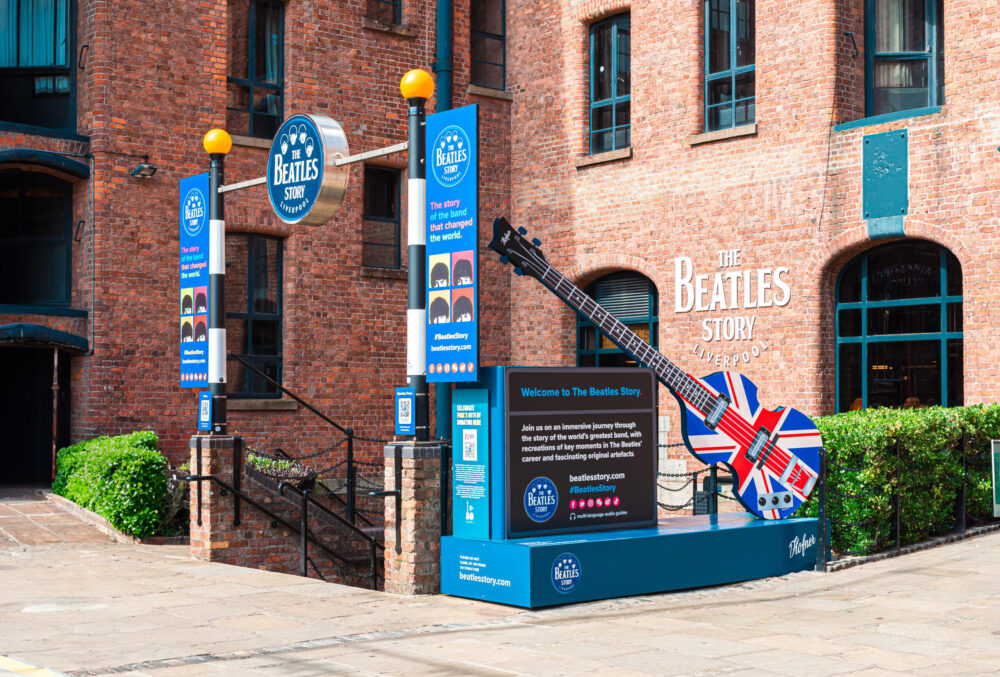
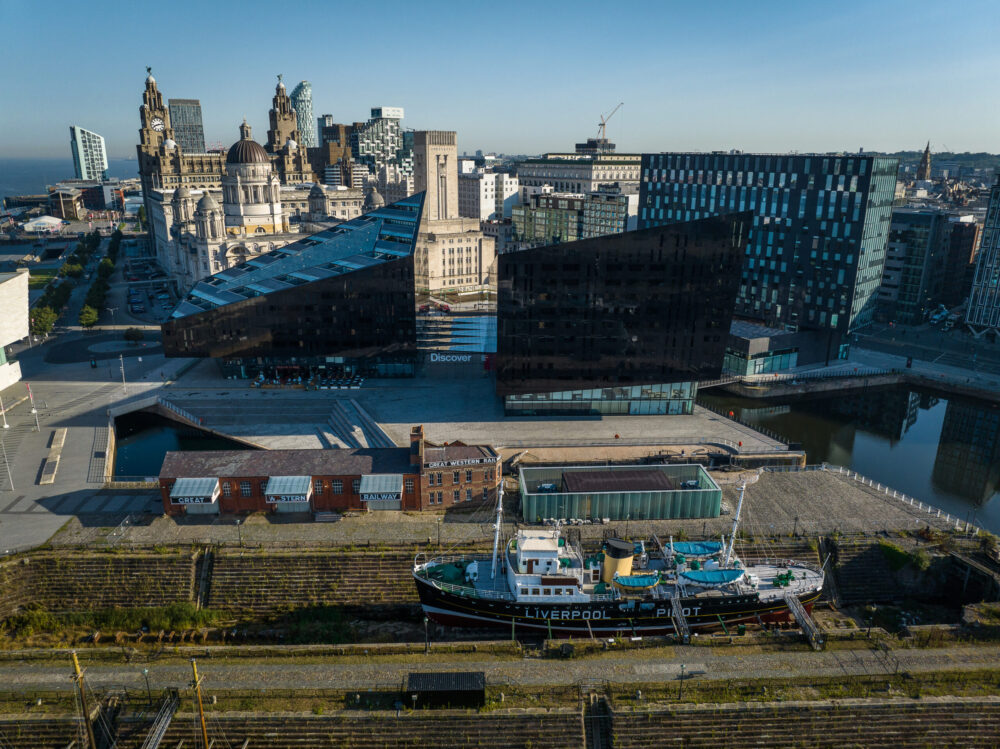
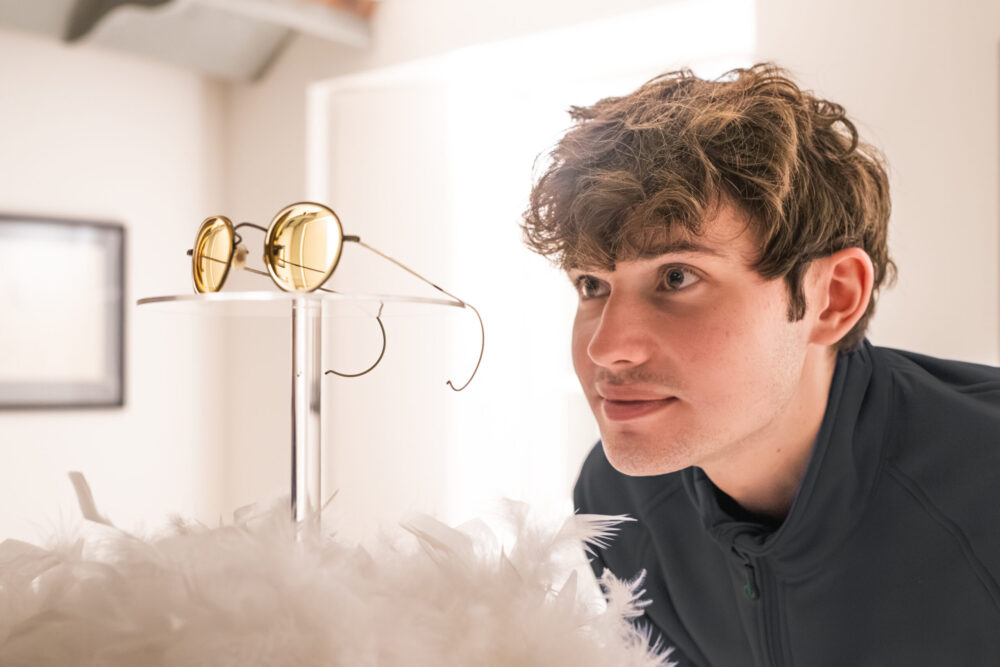
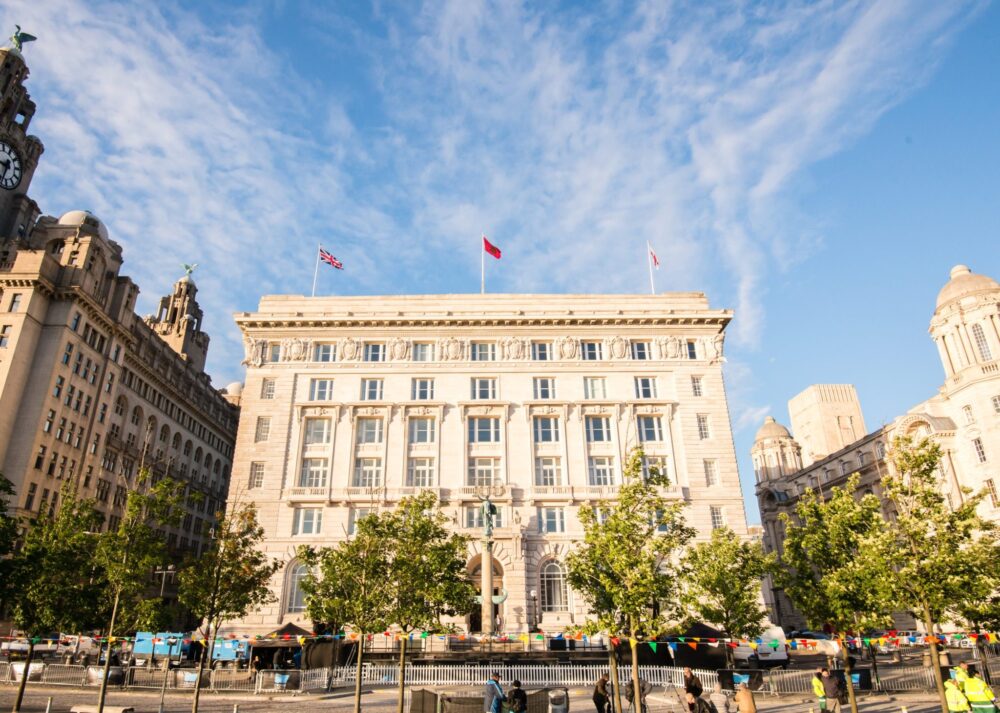
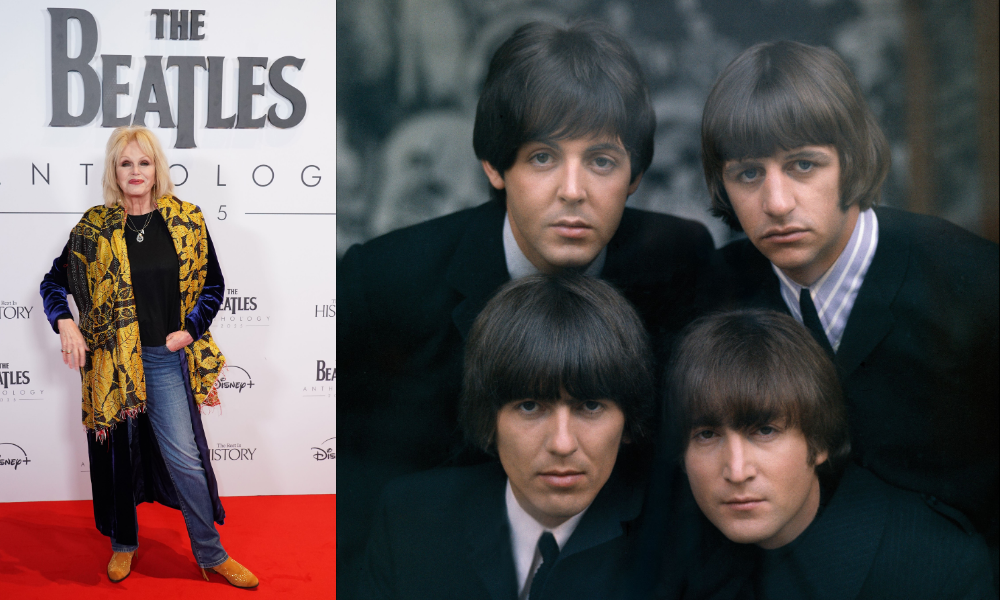
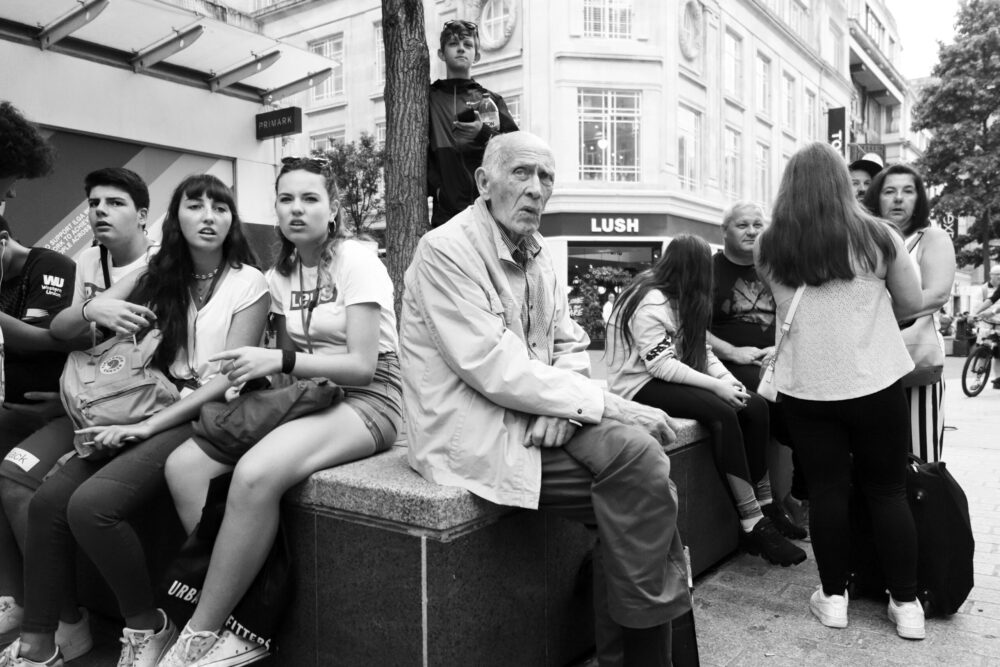
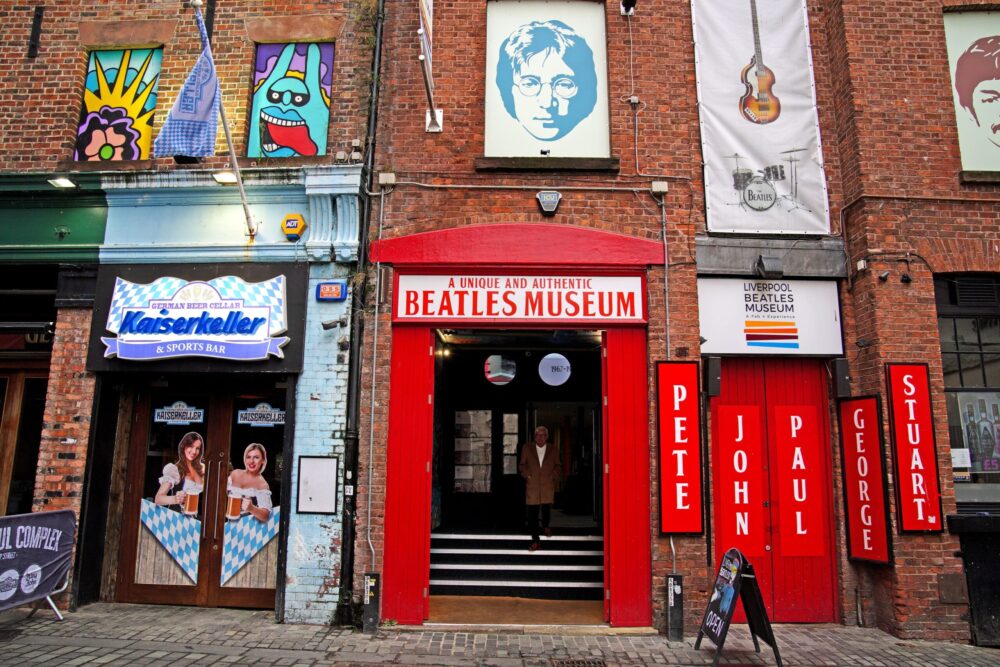
 Subscribe
Subscribe Follow Us
Follow Us Follow Us
Follow Us Follow Us
Follow Us Follow Us
Follow Us Follow Us
Follow Us











